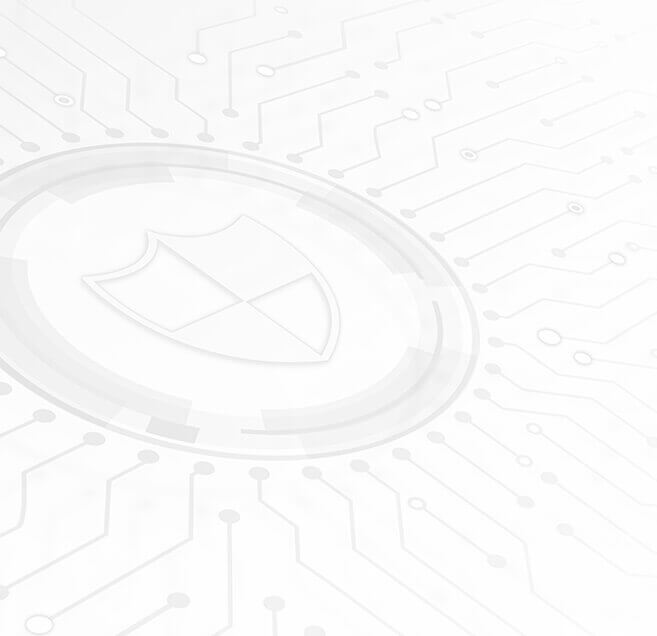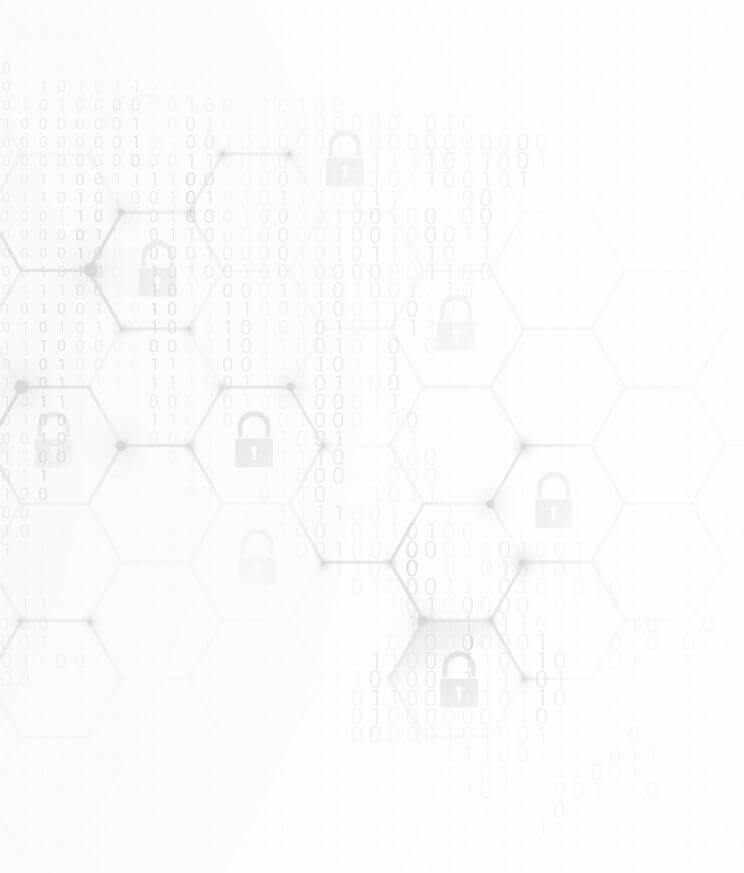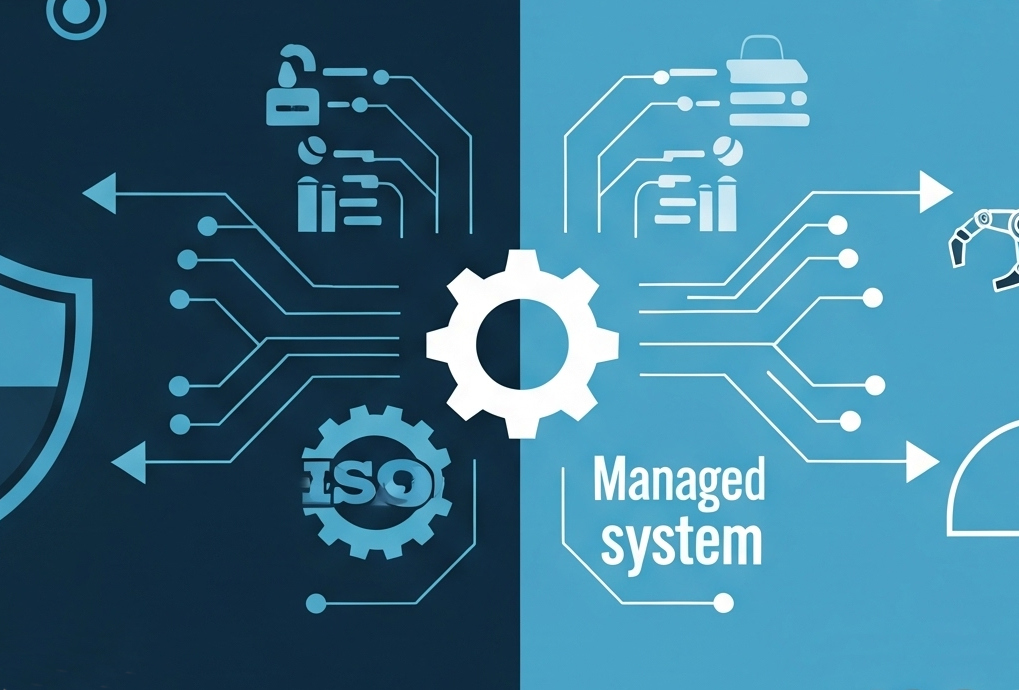
The Quantum Threat to Encryption: Are Your Defences Ready?
The digital landscape, as currently established, is fundamentally underpinned by cryptography. For several decades, the two principal forms of encryption—symmetric and asymmetric—have played a critical role in securing our data, encompassing everything from online banking to essential infrastructure. However, an imminent revolution in computing, marked by the emergence of quantum computers, poses a significant threat to this foundational aspect of data security, particularly concerning one of these vital encryption types.
The pressing question is not whether adaptation is necessary, but rather when and how it will occur. For businesses, it is essential to comprehend the distinctions between symmetric and asymmetric encryption, as well as the potential implications of the impending quantum threat.
Symmetric vs. Asymmetric: A Tale of Two Keys
To understand the quantum challenge, we first need to grasp the fundamental differences between the two primary encryption methods:
Symmetric Encryption: The Shared Secret
Imagine a single key that both locks and unlocks a strongbox. That’s the essence of symmetric encryption.
- How it works: Both the sender and receiver use the exact same secret key to encrypt and decrypt data. Algorithms like AES (Advanced Encryption Standard) are prime examples.
- Strengths:
- Speed: Symmetric encryption is incredibly fast, making it ideal for encrypting large volumes of data.
- Efficiency: It requires less computational power compared to its asymmetric counterpart.
- Weaknesses:
- Key Distribution: The biggest challenge is securely exchanging that shared secret key between parties. If the key falls into the wrong hands, the encryption is compromised.
- Scalability: In a network with many users, managing and securely distributing unique keys for every pair of communicating parties becomes a logistical nightmare.
Asymmetric Encryption: The Public-Private Pair
Think of a mailbox with two slots: one for anyone to drop a letter (the public key) and another for only the owner to retrieve letters (the private key).
- How it works: This method uses a pair of mathematically linked keys: a public key, which can be freely shared, and a private key, which must be kept secret by the owner. Data encrypted with the public key can only be decrypted with the corresponding private key, and vice versa (for digital signatures). RSA and ECC (Elliptic Curve Cryptography) are common asymmetric algorithms.
- Strengths:
- Secure Key Exchange: Solves the key distribution problem of symmetric encryption. You can send an encrypted message to someone using their public key, without ever having to share a secret key beforehand.
- Digital Signatures: Enables authentication and verification of identity, ensuring that data hasn’t been tampered with and truly originated from the claimed sender. This is crucial for establishing trust in digital communications.
- Weaknesses:
- Speed: Asymmetric encryption is significantly slower and more computationally intensive, making it impractical for encrypting large data sets.
- Quantum Vulnerability: This is its most critical weakness in the face of quantum computing.
The Quantum Quake: Why Asymmetric Encryption is at Risk
The very mathematical “hardness” that gives asymmetric encryption its strength is also its Achilles’ heel against quantum computers. Algorithms like Shor’s algorithm, run on a sufficiently powerful quantum machine, can efficiently solve the underlying mathematical problems (factoring large numbers for RSA, discrete logarithms for ECC) that asymmetric cryptography relies upon. This means that current asymmetric encryption, used for vital tasks like securing web traffic (TLS/SSL handshakes), VPN connections, and digital identities, could be rendered utterly insecure.
The “Harvest Now, Decrypt Later” threat is particularly chilling: sensitive data encrypted today, while seemingly secure with classical computers, could be stored by malicious actors and effortlessly decrypted once quantum computers reach maturity.
The Transition Challenge: A Complex Undertaking
Switching from current cryptographic standards to “quantum-safe” alternatives, known as Post-Quantum Cryptography (PQC), is not a simple swap. It presents a multitude of challenges for organisations:
- Complexity of Cryptographic Inventory: Many organisations don’t have a clear, comprehensive understanding of where and how encryption is used across their entire network, applications, and data stores. Identifying all instances of vulnerable asymmetric cryptography is the first, often daunting, hurdle.
- Algorithm Selection and Standardisation: The PQC landscape is still evolving, with new algorithms being developed and standardised (e.g., by NIST). Choosing the right PQC algorithms for different applications requires expert knowledge.
- Interoperability Issues: New PQC algorithms must seamlessly integrate with existing systems, hardware, and software. This can lead to significant interoperability challenges and require extensive testing.
- Performance Implications: Some PQC algorithms are more computationally intensive than their classical counterparts, potentially impacting network performance, latency, and resource consumption.
- Key Management Complexity: While PQC addresses the quantum threat to key exchange, managing a new set of PQC keys, alongside existing classical keys during a transition, adds significant complexity.
- “Crypto-Agility”: Organisations need to build systems that are “crypto-agile,” meaning they can easily update or swap out cryptographic algorithms as new standards emerge or vulnerabilities are discovered, without requiring a complete system overhaul.
- Resource Constraints: The migration to PQC requires significant investment in skilled personnel, time, and financial resources, which can be a challenge for many businesses.
Mondas: Your Partner in the Quantum-Safe Journey
Before embarking on any transition, the critical first step is understanding your current cryptographic posture. This is precisely where Mondas excels, starting with a comprehensive vulnerability scan to identify if your network is “quantum-safe.”
Mondas leverages advanced tools and methodologies to:
- Discover and inventory all cryptographic assets: Pinpointing every instance of asymmetric encryption, including certificates, key exchange protocols, and digital signatures, across your entire IT and OT infrastructure.
- Assess quantum vulnerability: Analysing current algorithms and key lengths against known quantum attack scenarios to determine your exposure.
- Map dependencies: Understanding how different cryptographic components interact and which systems would be affected by a cryptographic upgrade.
This initial, in-depth scan provides a clear picture of your current state and forms the foundation for a tailored, strategic roadmap for quantum migration.
Once the vulnerabilities are identified, Mondas’ expertise truly shines in overcoming the formidable challenges of transitioning to post-quantum cryptography:
- Strategic Planning and Design: Mondas works closely with your team to develop a clear, phased migration strategy, prioritising critical systems and data, and minimising disruption to operations.
- Algorithm Selection and Implementation: Guiding you through the selection of appropriate NIST-standardised (or emerging) PQC algorithms and assisting with their secure implementation across your infrastructure.
- Crypto-Agility Solutions: Helping you architect your systems for “crypto-agility,” ensuring that your cryptographic infrastructure can adapt quickly to future changes and emerging threats.
- Managed Services for Smooth Transition: From secure key management to ensuring interoperability across diverse systems, Mondas provides managed services that simplify the complex transition process, allowing your team to focus on core business functions.
- Continuous Monitoring and Compliance: Post-migration, Mondas continues to monitor your network, ensuring the ongoing integrity of your PQC implementation and helping you maintain compliance with evolving regulatory standards.
The quantum future is on the horizon, and it’s essential for organisations to embrace this change proactively. By partnering with Mondas, businesses can gain valuable insights, expertise, and support to evaluate their current quantum readiness. Together, we can navigate the transition away from vulnerable asymmetric encryption and enhance network security in preparation for the era of quantum computing. Taking action now will position organisations for a successful future in this evolving landscape.





